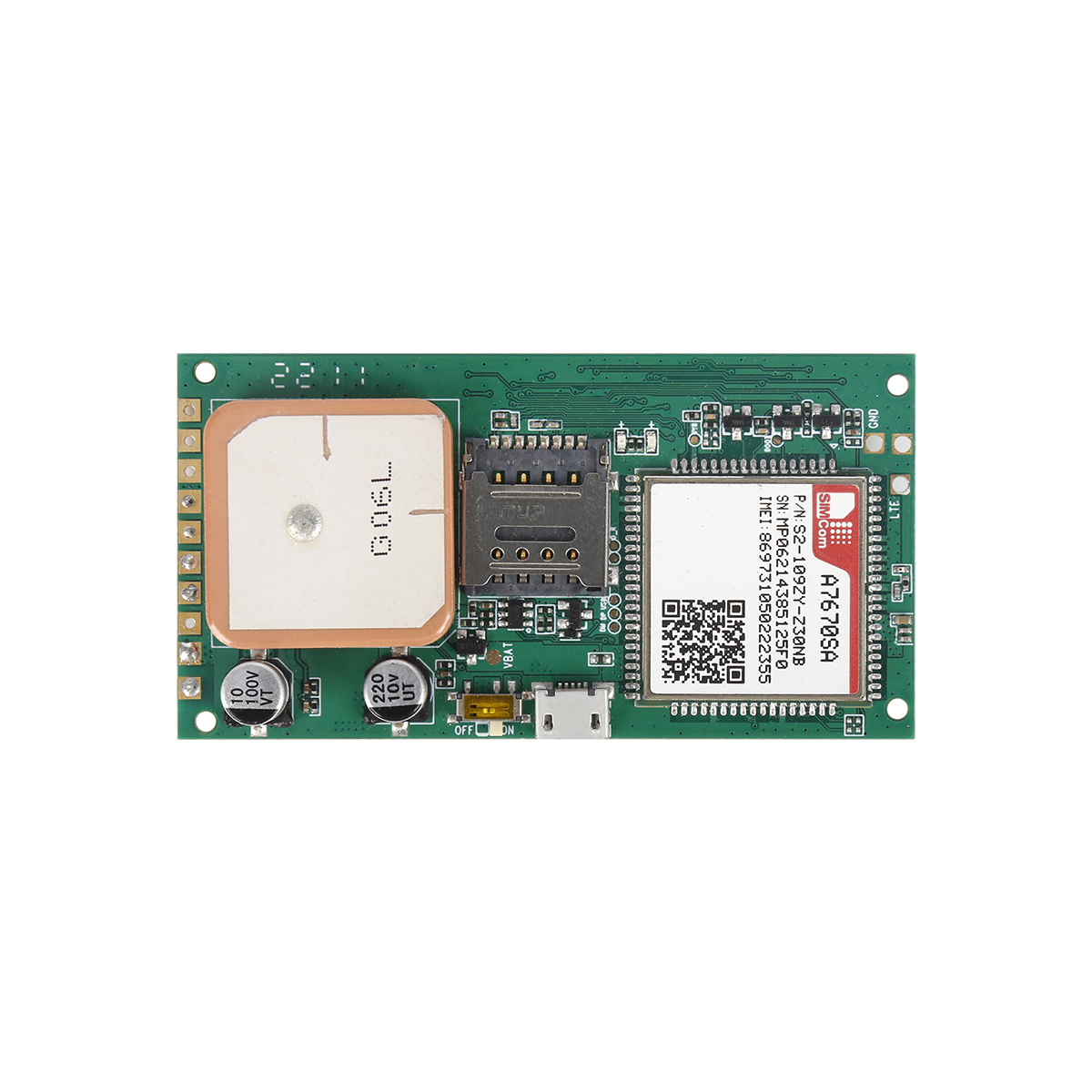source:Industry News release time:2022-08-25 Hits: Popular:realtime gps tracker online

GPS receivers can receive time information accurate to nanoseconds that can be used for timing; forecast ephemeris for forecasting the approximate position of satellites in the next few months; broadcast ephemeris for calculating satellite coordinates required for positioning , with an accuracy of several meters to tens of meters (different for each satellite and changes at any time); and GPS system information, such as satellite status, etc.
The distance from the satellite to the receiver can be obtained by the measurement of the GPS receiver's code. Because it contains the error of the receiver's satellite clock and the error of atmospheric propagation, it is called pseudorange. The pseudorange measured for the 0A code is called the UA code pseudorange, with an accuracy of about 20 meters, and the pseudorange measured for the P code is called the P code pseudorange, with an accuracy of about 2 meters.
The GPS receiver decodes the received satellite signal or uses other techniques to recover the carrier after removing the information modulated on the carrier. Strictly speaking, the carrier phase should be called the carrier beat phase, which is the difference between the carrier phase of the received satellite signal affected by the Doppler shift and the phase of the signal generated by the local oscillation of the receiver. Generally, the measurement is made at the epoch time determined by the receiver clock and the tracking of the satellite signal is maintained, and the phase change value can be recorded, but the initial phase value of the receiver and the satellite oscillator at the beginning of the observation is unknown. The phase integer of the initial epoch is also unknown, that is, the integer ambiguity, which can only be solved as a parameter in data processing. The accuracy of the phase observations is as high as millimeters, but the premise is to solve the ambiguity of the whole circle, so the phase observations can only be used when there is a relative positioning and there is a period of continuous observations, and the positioning accuracy better than the meter level can only be achieved. Phase observations can be used.
According to the positioning method, GPS positioning is divided into single-point positioning and relative positioning (differential positioning). Single-point positioning is a method of determining the position of a receiver based on the observation data of a receiver. It can only use pseudo-range observations and can be used for rough navigation and positioning of vehicles and ships. Relative positioning (differential positioning) is a method of determining the relative position between observation points based on the observation data of two or more receivers. Relative positioning using phase observations.
GPS observations include errors such as satellite and receiver clock errors, atmospheric propagation delays, and multipath effects, and are also affected by satellite broadcast ephemeris errors during positioning calculations. Cancellation or weakening, so the positioning accuracy will be greatly improved. The dual-frequency receiver can offset the main part of the ionospheric error in the atmosphere according to the observations of the two frequencies. ), a dual-frequency receiver should be used.
During positioning and observation, if the receiver moves relative to the surface of the earth, it is called dynamic positioning. Pseudo-range differential positioning with meter-level accuracy, or centimeter-level phase differential positioning (RTK) for measuring stakeouts, etc., real-time differential positioning requires a data link to transmit the observation data of two or more stations together in real time for calculation. During positioning observation, if the receiver is stationary relative to the earth's surface, it is called static positioning. When conducting control network observation, this method is generally used to observe simultaneously by several receivers, which can maximize the use of GPS. Positioning accuracy, receivers dedicated to this purpose are called geodetic receivers and are the best performing class of receivers. At present, GPS has been able to meet the accuracy requirements of crustal deformation observation, and the perennial observation stations of IGS have been able to form a millimeter-level global coordinate frame.
Read recommendations:
truck tracking webfleet solutions
TK200AM-Disposable GPS Tracker
Did you know that there is no risk of tracking a vehicle with a GPS locator?
Last article:GPS positioning accuracy
Next article:Da GPS tells how to prevent car theft
Related Information
GPS Tracking Solution
2023-04-114G GPS Tracker for vehicles Vendor
2023-04-23Car gps tracking distributors
2023-04-234G GPS Tracker distributors
2023-04-23obd2 tracker wholesale
2023-03-16Dog gps tracker wholesale
2023-04-23vehicle gps tracker wholesale
2023-04-23real-time gps tracking wholesaler
2023-04-23Cantrack G05
2023-04-23gps tracker for bike Factory
2023-04-23TK08A Motorcycle GPS Tracker
2022-06-20G06L- 4G Car GPS Tracker
2022-09-06G200NY -Cow/Camel GPS Tracker
2022-06-213 Years Disposable Asset GPS Tracker
2025-03-31P60L Personal gps tracker
2022-06-21Application of GPS as Satellite Altimeter
2022-08-02What are the main parts of the receiver of the car GPS
2023-06-15Select the factors that the GPS vehicle positioner needs to consider
2023-03-06The importance of the GPS positioning system in vehicle management.GPS Tracker for vehicles distribu
2023-04-04Simple introduction of GPS control part.obd2 gps tracker verizon wholesale
2023-05-11The manufacturer shared the function of GPS navigation with everyone.gps tracker with magnet price
2023-06-17What are the precautions for using the Beidou car GPS?plug & play Obd gps tracker Production
2023-04-14GPS application field.gps tracker für auto price
2023-05-25What should I pay attention to when purchasing GPS products?
2022-11-24What is the difference between the Internet of Things card or mobile phone SIM card used?truck track
2023-03-23GPS Global Positioning System
2022-08-12Can the car GPS locator be used indoors and underground parking lots?realtime gps tracker online Man
2023-03-25GPS positioner manufacturers introduce the stages of the video surveillance software from the system
2023-05-09Does gps tracker cost traffic?
2022-09-15mini gps tracker.What are the differences between Beidou and GPS?
2023-10-11